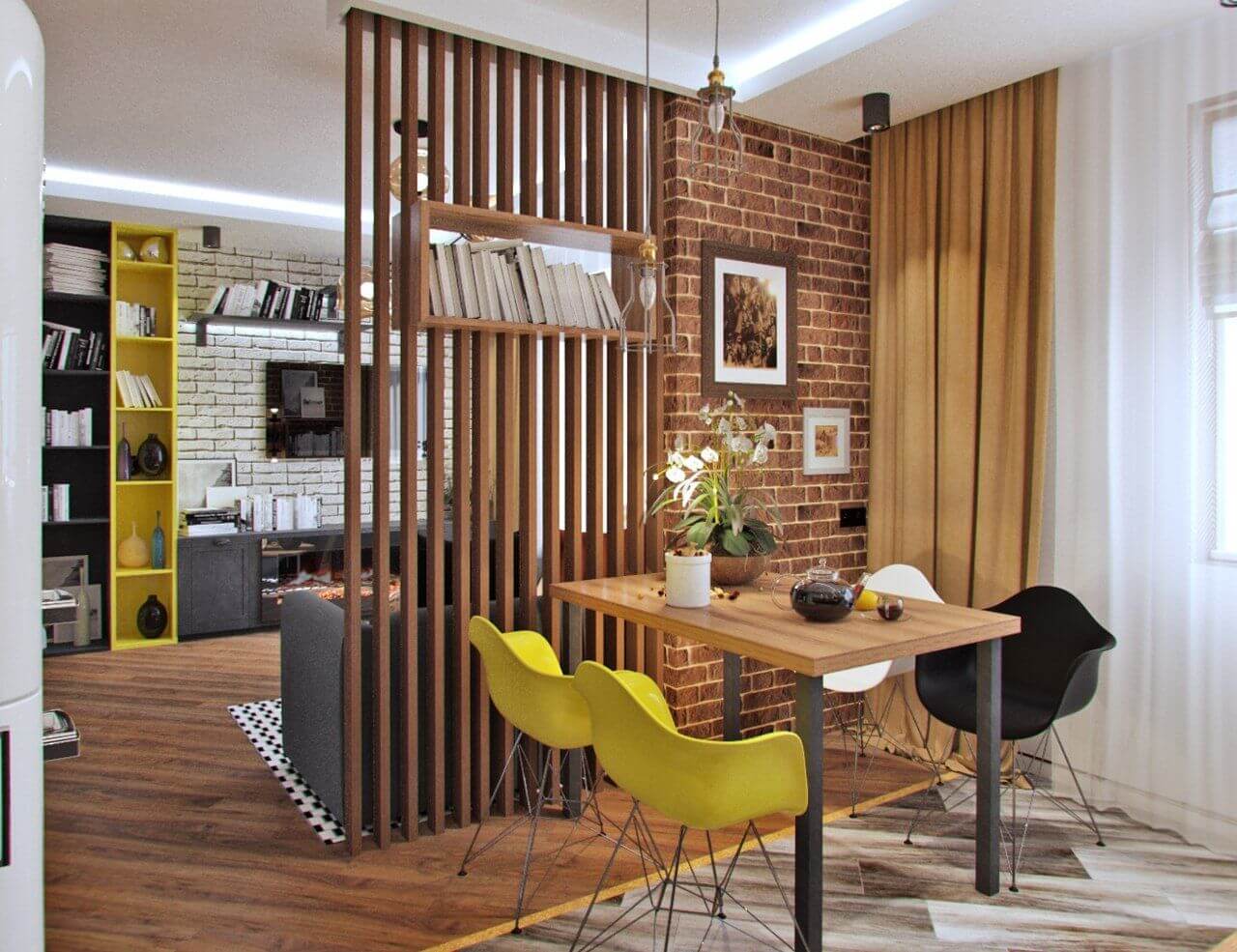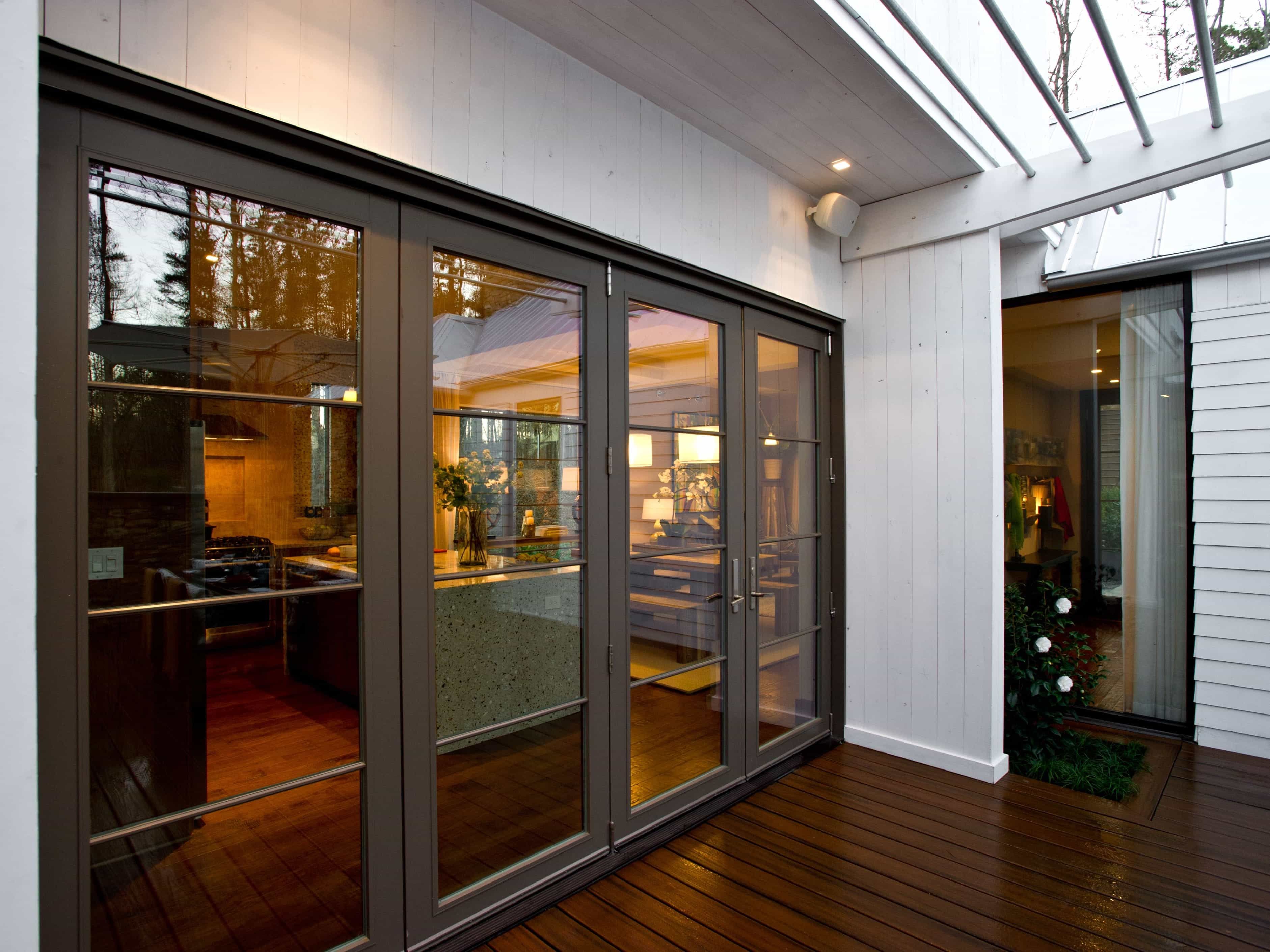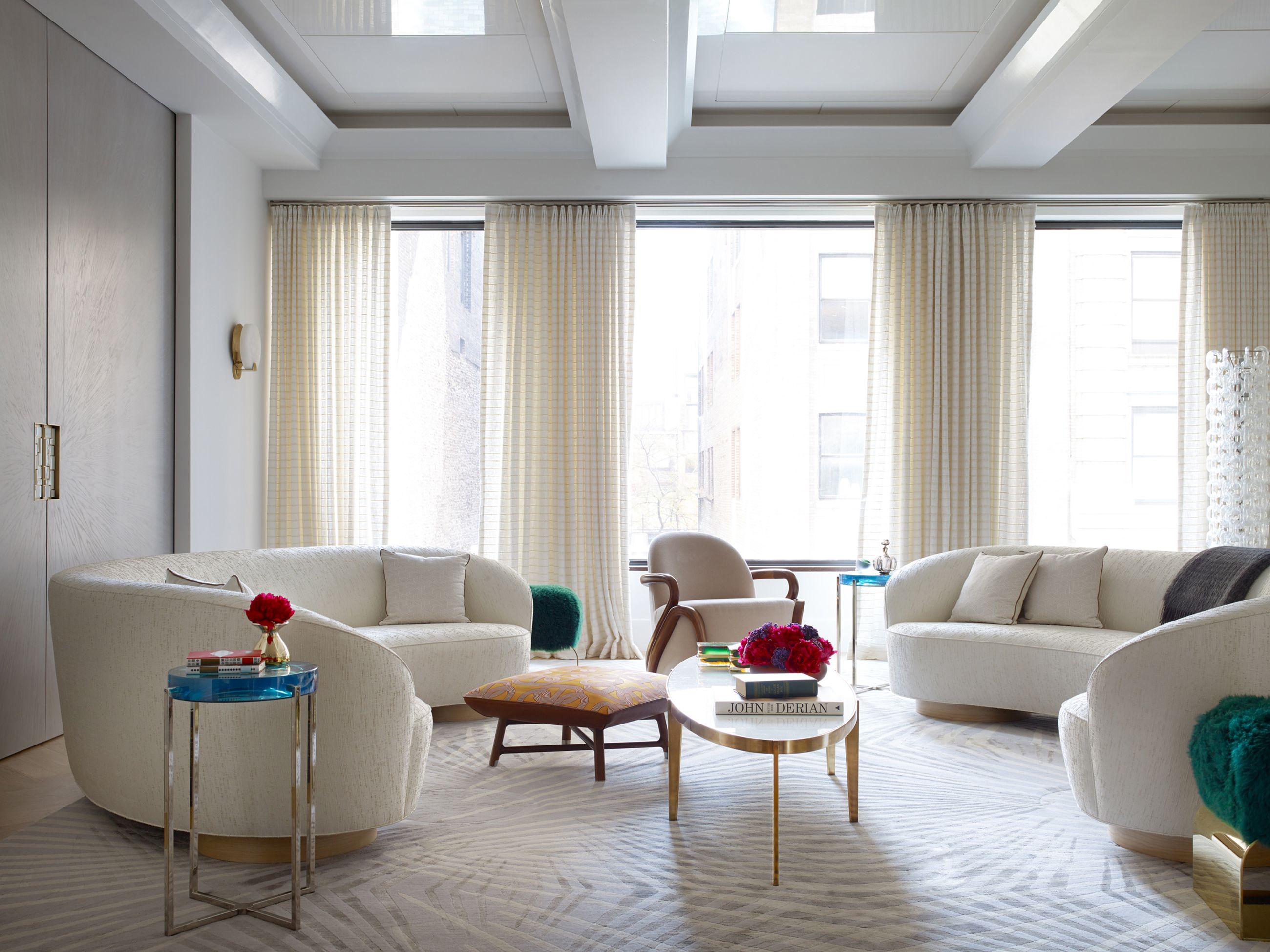The use of room dividers is a popular and practical way to separate the living room and dining room. These dividers come in various styles and materials, such as screens, curtains, and bookshelves. They provide a physical boundary between the two areas while still maintaining an open and airy feel.Room Dividers
For a more permanent separation, partition walls are a great option. These walls can be made of drywall, glass, or even wood panels, and can be customized to fit the design of your home. They offer privacy and noise control, making them ideal for families or homes with frequent guests.Partition Walls
One of the most popular trends in modern homes is the use of open concept living spaces. This means that there are no physical barriers between the living room and dining room, creating a seamless flow between the two areas. This design is perfect for entertaining and allows for natural light to flow throughout the space.Open Concept
If you want a subtle separation between your living room and dining room, a half wall is a great option. This low wall can be made of a variety of materials and provides a visual boundary without closing off the space completely. It also allows for easy communication and interaction between the two areas.Half Wall
For a more modern and sleek look, sliding doors are a great choice for separating the living room and dining room. They offer the option of privacy when closed, but can be opened up to create a larger, connected space. Sliding doors also allow for natural light to flow through while still providing a division between the two areas.Sliding Doors
Folding screens are a versatile and stylish way to divide the living room and dining room. They can be moved around and adjusted as needed, making them perfect for smaller spaces. Folding screens come in a variety of designs and can add a pop of color and texture to your home decor.Folding Screens
If you want to add a touch of elegance to your home, French doors are a great option for separating the living room and dining room. These doors offer a classic and sophisticated look, while still allowing for an open and connected space. They also provide natural light and can be opened up for larger gatherings.French Doors
Another architectural feature that can create a separation between the living room and dining room is an archway. This design element adds a unique and decorative touch to your home while still allowing for a flow between the two spaces. Archways can be customized to fit the style of your home, whether it be modern or traditional.Archways
A creative and functional way to divide the living room and dining room is by using a bookshelf divider. This not only provides a visual barrier but also adds storage and display space for your books, decor, and other belongings. Bookshelf dividers come in various sizes and designs, making them a versatile option for any home.Bookshelf Divider
Last but not least, curtains are an easy and budget-friendly way to separate the living room and dining room. They offer privacy and can be pulled back to create a larger space when needed. Curtains come in a variety of colors, patterns, and materials, making it easy to find the perfect match for your home decor. In conclusion, there are many creative and functional ways to separate the living room and dining room. Whether you prefer a more permanent solution or a flexible option, there is something for every home and design style. Consider these options and choose the one that best fits your needs and adds to the overall aesthetic of your home.Curtains
The Benefits of Separating Your Living Room and Dining Room

Creating Defined Spaces
 One of the main benefits of separating your living room and dining room is the ability to create defined spaces within your home. By having a clear separation between the two rooms, you can designate each space for its intended purpose. This not only helps with organization and functionality, but it also adds a sense of structure and design to your home.
Living room
and
dining room
are two of the most frequently used areas in a home, and by separating them, you can create a more comfortable and inviting atmosphere for both areas. You can use different furniture, lighting, and decor to distinguish each space and make it unique.
One of the main benefits of separating your living room and dining room is the ability to create defined spaces within your home. By having a clear separation between the two rooms, you can designate each space for its intended purpose. This not only helps with organization and functionality, but it also adds a sense of structure and design to your home.
Living room
and
dining room
are two of the most frequently used areas in a home, and by separating them, you can create a more comfortable and inviting atmosphere for both areas. You can use different furniture, lighting, and decor to distinguish each space and make it unique.
Privacy and Noise Control
 Another advantage of having a separation between your living room and dining room is that it provides privacy and helps control noise levels. If you have guests over for dinner, you can enjoy your meal without being disturbed by noise or distractions from the living room. Similarly, if you want to watch a movie or have a quiet conversation in the living room, you won't have to worry about disrupting those in the dining room.
This separation is especially beneficial for families with children. Kids can play or do their homework in the living room while parents prepare meals and have conversations in the dining room. This allows for a peaceful coexistence and minimizes interruptions.
Another advantage of having a separation between your living room and dining room is that it provides privacy and helps control noise levels. If you have guests over for dinner, you can enjoy your meal without being disturbed by noise or distractions from the living room. Similarly, if you want to watch a movie or have a quiet conversation in the living room, you won't have to worry about disrupting those in the dining room.
This separation is especially beneficial for families with children. Kids can play or do their homework in the living room while parents prepare meals and have conversations in the dining room. This allows for a peaceful coexistence and minimizes interruptions.
Increased Home Value
 Having a separation between your living room and dining room can also add value to your home. Many homebuyers look for defined spaces and open floor plans when searching for a new home. By separating these two rooms, you can create a more desirable layout that can potentially increase the value of your home.
In addition, a well-designed and functional separation between your living room and dining room can make your home more appealing to potential buyers. It shows that the space has been well thought out and adds a touch of sophistication to the overall design.
Having a separation between your living room and dining room can also add value to your home. Many homebuyers look for defined spaces and open floor plans when searching for a new home. By separating these two rooms, you can create a more desirable layout that can potentially increase the value of your home.
In addition, a well-designed and functional separation between your living room and dining room can make your home more appealing to potential buyers. It shows that the space has been well thought out and adds a touch of sophistication to the overall design.
Conclusion
 In conclusion, the separation between living room and dining room not only adds functionality and organization to your home but also offers privacy, noise control, and potential increases in home value. By utilizing different design elements and creating defined spaces, you can enhance the overall aesthetic and functionality of your home. Consider implementing a separation between your living room and dining room to elevate the design and functionality of your space.
In conclusion, the separation between living room and dining room not only adds functionality and organization to your home but also offers privacy, noise control, and potential increases in home value. By utilizing different design elements and creating defined spaces, you can enhance the overall aesthetic and functionality of your home. Consider implementing a separation between your living room and dining room to elevate the design and functionality of your space.




























/GettyImages-1048928928-5c4a313346e0fb0001c00ff1.jpg)





























































































